Do you notice when moisture levels in your house change? As my grandson lives with us and suffers from asthma I like to keep an eye on humidity and try to make our home as healthy as possible for him.
Medical studies have confirmed that high levels of humidity (moisture) in homes – above 50-60% - increase the risk of asthma and diseases. It’s important to keep an eye on the humidity levels in your house.
Mould accumulates in badly ventilated moist homes and inhaling spores can cause inflamed airways , coughing and nasal issues as well as throat problems . If you have asthma or allergies you are more prone to severe symptoms when exposed.
The more we are exposed to moisture / condensation in mouldy damp homes the worse it gets for our health.
A Hygrometer tells me the percentage of humidity in the room I place it in, so I know if I need to ventilate it.
Here is some information you need in order to make better decisions about the humidity in your house:
- Keep an eye on the humidity percentages on your Living Climate Hygrometer
- If above 50% you need to ventilate your room
- You need to ventilate your room for around 10-15 mins to bring the humidity down
- Warmer rooms are relatively dry – Colder rooms usually moist
- Cross ventilation is not always necessary
- If you are out during the day to ventilate any time of day when you can – up to 15 mins
- Place your hygrometer on an inner wall at an average of 1-2m above the ground – away from windows and doors
Mould and Odour
Some new houses being built have doors and windows that do not allow for ventilation. They are so tightly sealed that no air can get through.
In older style houses you may get air flow but often the houses are built with older, less efficient materials trapping mould and moisture within the walls of these homes.
Love your house with a hygrometer
The Living Climate Hygrometer displays easy to understand values for indoor climate reading in any type of house.Here at Barometers and Clocks we have a range of Hygrometer’s – either combined weather stations or just Hygrometers that will allow you effectively manage the moisture in your house.
You might also enjoy this post about the health impact of high humidity levels in Auckland homes.

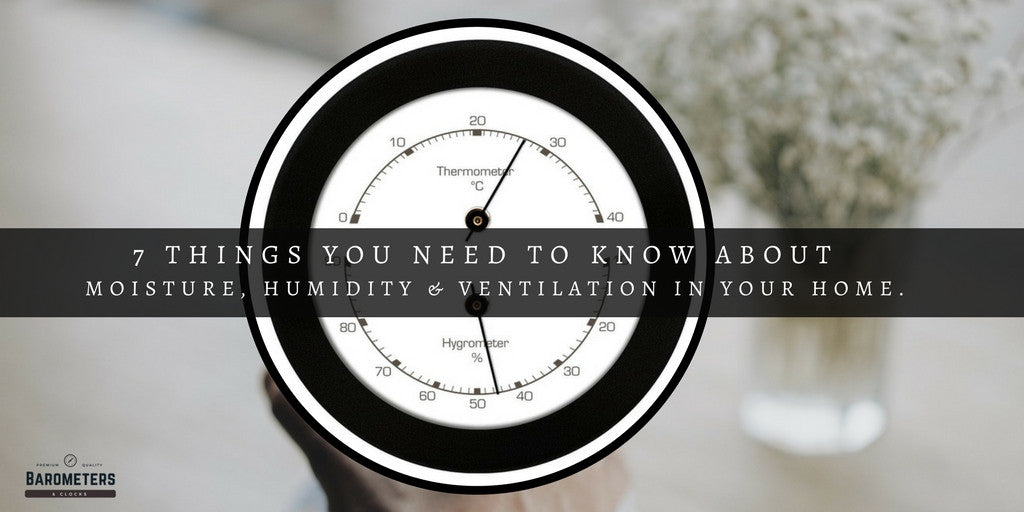
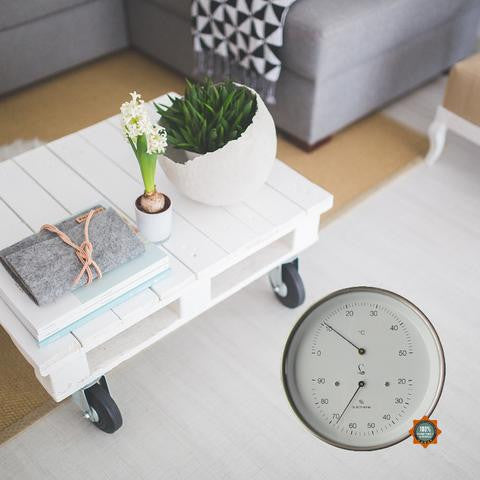

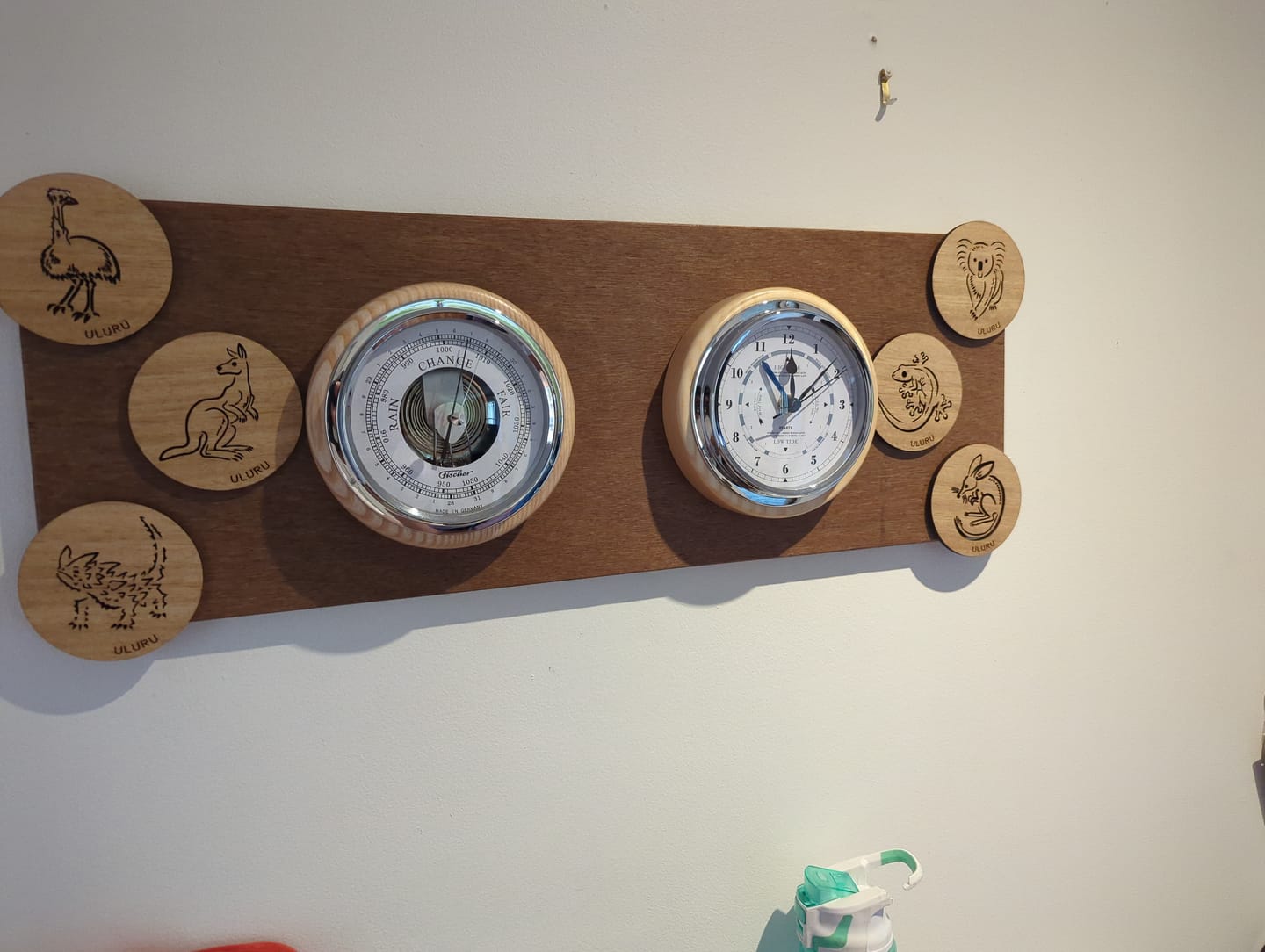
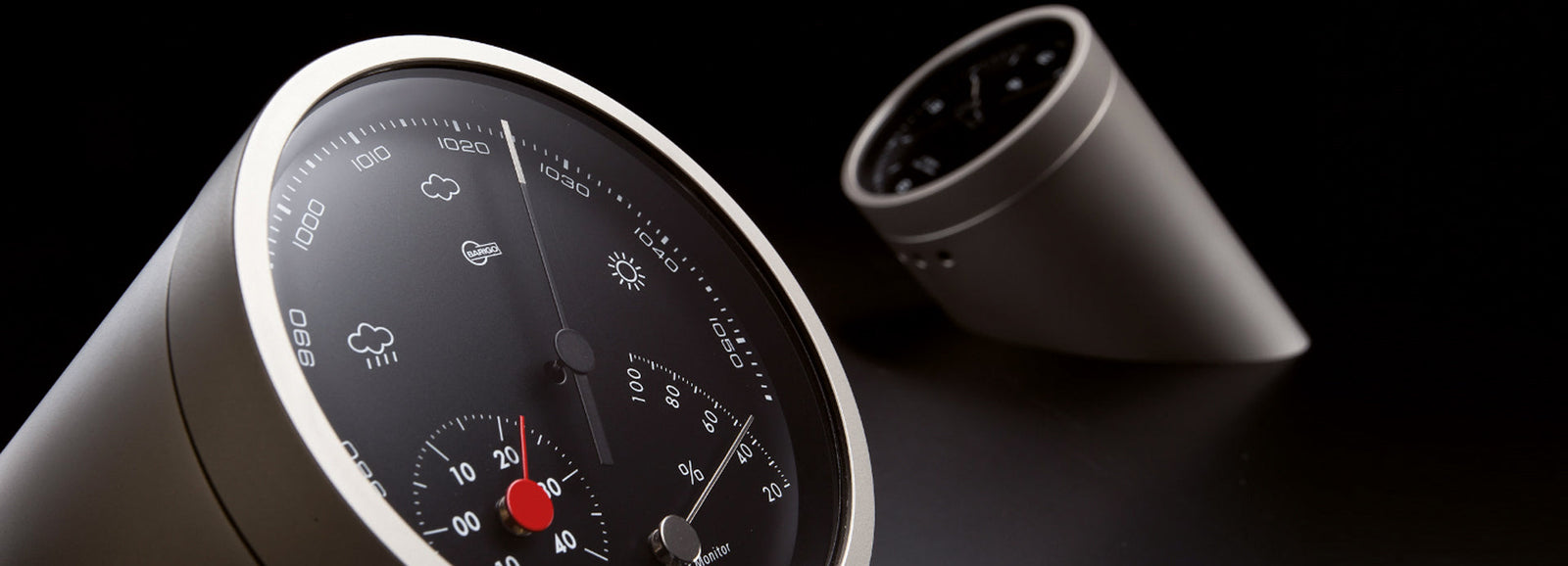
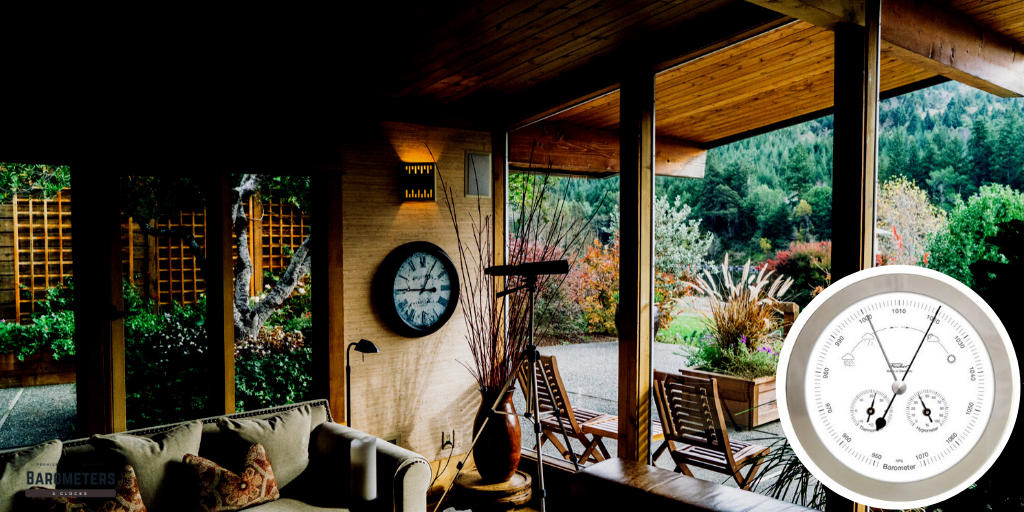
Leave a comment (all fields required)